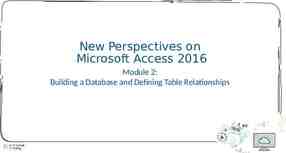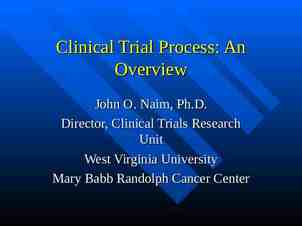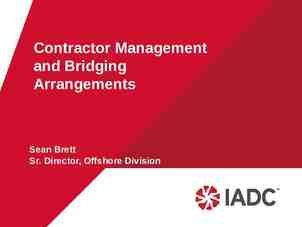EL BARRIO New York City’s Spanish Harlem
12 Slides4.06 MB
EL BARRIO New York City’s Spanish Harlem
Community East Harlem is bounded by Fifth Avenue and First Avenue, from 96th to 125th Streets. A diverse community, with a population of over 115,000 people.
Origin Starting in the late 19th century, East Harlem was quickly settled by Southern Italians, becoming Manhattan’s first Little Italy. By the 1930s, 100,000 ItalianAmericans had populated the area. Traditional performances for feast days continue to be held in the community since 1908.
History After the end of WWI, Latino Americans and Puerto Ricans began moving into the area. After WWII, even more Spanish- speakers moved in and Italians moved out. By 1950, Puerto Ricans were the dominant group, with their population reaching 63,000.
Diversity Starting in the 1990s, the population of Puerto Ricans began to decrease, often being replaced by Mexicans and Dominicans. A significant number of nonHispanic whites and Asians also began to move into the neighborhood.
Art & Culture El Barrio is a center for Latino art and culture, hosting many locations that promote their heritage. Mambo and Latino music, theatrical performances, and even food are promoted as a part of El Barrio’s diverse culture. The range of institutions include La Marqueta, the Julia de Burgos Performance & Arts Center, the Poet’s Den Theatre & Gallery, and El Museo del Barrio
Art & Culture
El Museo del Barrio The mission of El Museo del Barrio is to present and preserve the art and culture of Puerto Ricans and all Latin Americans in the United States. This mission has grown from focusing on Puerto Ricans to include the African, Caribbean, Latino, and Latin Americans that have moved into the community.
El Museo: History As a response to the Nuyorican and national rights movements, African Americans and Puerto Ricans of East Harlem demanded that their children receive an education that acknowledged their diverse cultural heritages. Martin W. Frey, superintendent of the school district, appointed artist and educator Rafael Montanez Ortiz to create educational material. However, Montanez Ortiz reconceived this project from educational material into a community museum.
El Museo: Locations A schoolroom at PS 125, located at 425 West 123rd Street PS 206 A brownstone at 206 East 116th Street A series of storefronts on Third Avenue The main floor of the Heckscher Building, at 1230 Fifth Avenue
El Museo: Exhibits The 6,500 work permanent collection is rooted in Puerto Rican art but has grown to include Caribbean, Latino, and Latin American cultures. They range from works such as photographs, graphic prints, archeological and traditional objects.
Conclusion El Barrio is a place of diverse history and culture. With its origins in the late 19th century as a place for Italian immigrants, it then grew into the home of a diverse Latino community. The people of the Latin community have many differences in different aspects of life, but they came together under a common culture to celebrate.

















